Donning the right gear, specifically rain gear, can make all the difference for those working in the construction industry. Tight timelines, arduous manual labor, and unpredictable weather conditions are just a few of the challenges these workers face. One can never downplay the importance of being both comfortable and safe on their job site — especially when the skies open up.
This article aims to enlighten readers on the essential need to invest in quality rain gear for a more safe and productive working experience. We will delve into the importance of durability and comfort and explore the different types of material used in the manufacture of rain gear. We will also discuss the different types of rain gear available tailored to meet the specific needs of construction workers. Lastly, we will look into the latest trends in protective clothing, focusing on high-visibility rain gear, and the considerations when choosing your ideal rain gear so you can clothe for success in whatever Mother Nature decides to throw your way.
Importance of Quality Rain Gear
When it comes to working outdoors, weather is an unavoidable factor. From glaring sun to freezing snow, nature has its ways of challenging our ability to get the job done. In these conditions, high-quality rain gear plays an essential role, especially for construction workers who often deal with inclement weather. Let's talk about why the quality of your rain gear matters, specifically focusing on its durability, comfort, and resistance to harsh conditions.
Durability
In the construction industry, rain gear doesn't just have to keep workers dry—it needs to withstand tough working conditions while doing so. Oftentimes, low-quality gear can rip or degrade easily, leaving you soggy and unhappy. In contrast, high-quality rain gear often features:
- Rip-resistant materials: These prevent incidental tearing due to rugged conditions.
- Durable construction: The overall build quality and stitching of the gear can affect its longevity.
- Longer lifespan: High-quality gear typically outlasts cheaper options, making it a cost-effective choice in the long run.
Having durable rain gear not only helps workers stay dry, but also provides consistency and reliability, allowing them to continue their work with minimal disruptions.
Comfort
It's not enough for rain gear to be simply waterproof. To ensure they can concentrate on their tasks, workers need comfort. Ill-fitting or uncomfortable gear can distract or even restrict movement. High-quality rain gear emphasizes on comfort by incorporating:
- Breathable Materials: These materials prevent workers from overheating by allowing air to circulate.
- Adjustable Sizes and Fittings: To accommodate various body types and preferences, good rain gear often offers customizable fit options.
- Lightweight Design: Having a gear that doesn’t weigh down the worker makes moving around easier.
Thus, comfortable rain gear not only protects workers from rain, but also enhances their productivity by allowing them to work comfortably.
Resistance to Harsh Conditions
Lastly, genuine quality rain gear has to withstand harsh conditions beyond just rainfall. They should protect the workers from wind, and should not become brittle or ineffective in cold temperatures. These are the factors that can make a difference:
- Wind Resistance: High-quality rain gear shields users from chilling winds, maintaining their body temperature.
- Cold Resistance: Top-quality materials remain pliable and effective in cold climates, rather than stiffening or cracking.
- Water Repellency: A water-repelling coating ensures raindrops roll off rather than seeping in.
All of this translates into rain gear that offers comprehensive protection against a variety of brutal weather conditions, giving workers the peace of mind they need to focus on their duties. External harsh conditions should never be the cause of discomfort during work, and high-quality rain gear ensures just that.
In essence, investing in high-quality rain gear is not just about braving the rain. It's about ensuring the safety, comfort, and productivity of workers regardless of how unforgiving mother nature decides to be. Therefore, next time it's tipping down and a construction site is humming with activity, the workers can thank their sturdy, comfortable, and weather-resistant high-quality rain gear. Remember, good gear is not an expense, it's an investment.
Rain Gear Material Considerations
When it comes to staying dry during the downpours, the material of your rain gear is every bit as important as the design. It's the fabric's properties that can enhance durability, amplify functionality, boost comfort levels, and improve heat retention. Each material has unique characteristics that make them stand out. In this section, we'll explore different types of rain gear materials that are popular in the market.
Rubber
A staple in the production of rain gear, rubber is characterized by high waterproofing capabilities. Most of us have donned a rubber raincoat at some point in our lives, savored its impermeability and toughness. But, unfortunately, rubber is neither breathable nor lightweight. This means, when you engage in strenuous activities, it may not offer the ideal comfort due to heat buildup and sweat.
Polypropylene
Polypropylene is another common material employed in making rain gear. Its benefits are manifold, including fantastic moisture-wicking abilities, impressive durability, and lightweight properties. Polypropylene is designed to draw sweat away from your body and facilitate quick evaporation. However, it's not as waterproof as some other materials on this list, and therefore not the best option for heavy rain exposure.
Urethane
Urethane is a versatile rain gear material loved for its durability, water-resistance, and wind-protection properties. It's also notable for its elasticity and quietness when moving, ensuring that your gear does not inhibit movement nor create distracting noise in silent environments. On the downside, urethane is not highly breathable, which could be a deal-breaker if you're involved in vigorous activities.
20D 3L H2No Performance Standard Material
The 20D 3L H2No Performance Standard is an advanced fabric used by outdoor gear brands for exceptional water resistance and durability. This tri-layered material boasts a waterproof membrane sandwiched between a robust outer layer and a soft, comfortable inner layer. Its 20-denier thickness strikes a balance between durability and lightness, making it a winner for various outdoor pursuits. However, this may come at a slightly higher price tag than other materials.
Choosing the right rain gear material depends on your personal needs and preferences. Each offers varied degrees of comfort, durability, water resistance, and breathability, essential features to consider before making your selection. We hope this information helps guide you in making an informed decision when choosing your next set of rain gear!
Types of Rain Gear for Construction Workers
If you work in the construction industry, you're probably no stranger to inclement weather conditions. Whether it's a light drizzle or a heavy downpour, getting wet is pretty much part of the job. But, that doesn't mean you have to be soaked and miserable all day! With the right kind of rain gear, you can stay dry and focus solely on the task at hand. Taking into account the variation in weather patterns, we’ve taken the liberty to compile a list of essential rain gears that you might consider. After all, waterproof and breathable clothing and accessories are integral for work performance and safety.
1) Waterproof Jackets:
Waterproof jackets serve as your first line of defense against the rain. These jackets are not only water-resistant but are also made with breathable fabric, ensuring you don't get all sweaty and uncomfortable while working.
2) Pants:
Nothing can be more uncomfortable than water seeping into your clothes. Waterproof pants solve this problem by providing complete protection from rain. They're usually made of the same waterproof and breathable material as the jackets.
3) Boots:
Rain and mud can make for a deadly combo on construction sites. Waterproof boots will ensure your feet stay dry and you have a solid grip, reducing the chances of unwanted accidents.
4) Gloves:
Keep your hands safe and dry with waterproof gloves. Not only will these gloves protect your hands from getting wet, but they also offer a great grip for handling tools and machinery.
5) Hats:
A waterproof hat will ensure your head stays dry, and if it comes with a wide brim, it will also keep the water out of your eyes.
6) Cold Weather and High Visibility Rainwear:
Cold and rainy weather conditions can be a hazardous combo on construction sites. Consider investing in cold weather and high visibility rainwear that will not only keep you warm and dry but also ensure you're visible to your co-workers in poor light conditions.
7) ANSI-Rated Rain Gear Options:
When it comes to safety, ANSI-rated rain gear is top-notch. ANSI-rated rain gears have been tested and proven to offer utmost protection against various weather conditions and offer high visibility for those working in low-light environments.
There you have it! These are some of the must-have rain gear items you should consider if you're a construction worker. And remember, staying dry doesn't mean compromising on comfort or safety. With the right gear, you can remain dry, comfortable, and safe, regardless of what Mother Nature has in store for you. So why let a little rain put a damper on your productivity? Go ahead, gear up, and make those rainy days count!
Trends in Rain Gear for Construction Workers
As we plunge deeper into the 21st century, the world of workwear is steadily shifting, adapting, and evolving to meet the demands of various industries. One such sector is construction, where workers often find themselves battling the elements on outdoor sites. Weather unpredictability can be a significant hindrance, particularly when the heavens open up, and rain starts pouring down. This is where the role of durable and high-quality rain gear becomes paramount.
A keen observation in 2024 has highlighted that more and more construction companies are investing in technologically advanced rain gear to ensure that weather conditions don't impact productivity. Deserving special mention among these are the cutting-edge rain jackets, ingeniously designed to serve the dual purpose of comfort and functionality.
So, you might be wondering, what makes these rain jackets the cream of the crop in 2024's construction industry? Let's delve into the finer details:
- Waterproofing: As expected, the top priority for rain jackets is to keep the user dry. An essential fact to remember is that today's jackets are not just water-resistant- they are utterly impervious to water, testifying to significant technological strides.
- Breathability: To maintain comfort, the best rain jackets of 2024 have enhanced breathability features. This element ensures workers don't feel suffocated or sweaty, even after hours of donning the jacket.
- Durability and Longevity: Rain jackets for the construction industry must withstand the test of time and harsh weather conditions. Hence, premium-built quality and robust materials are the norm, corroborating their durability.
Take, for example, the best rain jackets of 2024, which include top-rated hiking and daily use waterproof jackets. These versatile pieces are capturing the interest of several construction companies for their supreme functionality and practicality.
As we can see, the ever-improving construction industry is leaving no stone unturned when it comes to securing the comfort of its workers in all environmental conditions. Upgraded rain gear is just one weapon in the arsenal of this industry, which goes above and beyond to ensure productivity and safety. This trend isn't just about making a fashion statement; it's a testament to the emphasis on worker welfare and the pursuit of excellence in adverse circumstances.
High-Visibility Rain Gear
An unmissable beacon in harsh weather, the high-visibility rain gear is more than just a vibrant wardrobe choice. Born out of necessity and developed with care, it's indeed an inseparable partner for construction workers or individuals navigating hazardous areas. In our daily life, we might pay little heed to the significance of this gear, yet, its crucial role in maintaining safety can't be underscored enough.
Imagine a bustling construction site, filled with cranes, bulldozers and cement mixers. Amid the orchestrated chaos, workers clad in black or grey would simply disappear into the background, risking potential accidents. However, workers wearing high-visibility rain gear effortlessly stand out, ensuring safety with visibility.
Yet, not any fluorescent clothing can constitute as high-visibility rain gear. This gear is rated according to its distinctiveness against any background, day or night, and weather conditions. Of these ratings, a combined Class 3 guarantees maximum visibility.
Here are some salient features of a Class 3 high-visibility rain gear:
- Visibility: Designed with generous reflective surfaces, and bold, bright colors, it ensures that the wearers are highly visible all around, regardless of the weather.
- Safety: Class 3 rating assures maximum safety by standing out in adverse weather conditions and even low-light situations when visibility is at its lowest.
- Versatility: While most commonly associated with construction sites, this gear is a great fit for other hazardous areas too. Road workers, traffic police, and emergency responders also benefit from its high visibility.
"Be visible, be safe," should be the mantra when navigating hazardous areas or adverse weather conditions. The high-visibility rain gear is a small yet crucial element that helps reinforce this mantra. In its bright hues and reflective stripes, it delivers a clear message: everyone has the right to be seen, everyone has the right to be safe. After all, safety should never be left to chance, and thankfully, with high-visibility rain gear, it never is.
Considerations when Choosing Rain Gear
Selecting appropriate rain gear can transform your rainy day experience from grueling to enjoyable. Whether you're a weekend adventurer, a daily commuter, or a construction worker standing in the rain, donning the right rain gear is key to staying dry and comfortable. There are a few significant factors to remember when you're browsing for your next purchase.
Durability
Rain gear should be sturdy and long-lasting. The best rain gear will handle heavy rain, fierce winds, and the occasional scrapes and tumbles. When it comes to durability, it's important to consider the material and construction of the gear. Look for high-quality, tear-resistant fabrics and sturdy seams.
Water Resistance
The primary job of rain gear is to keep water and moisture away from your body. Therefore, high quality, waterproof materials are fundamental. Not all rain gear, however, is made equal. While some gear only offers water resistance sufficient for light drizzles, other items are fully waterproof, capable of holding up in heavy downpours.
Breathability
Even though the main function of rain gear is to prevent water from seeping in, it should also allow sweat and heat to escape from your body. This is where breathability comes into play. The construction workers, for instance, are known for gravitating towards breathable nylon and polyester rain gear. It's about finding a balance so you can stay dry both from rain and perspiration.
Comfort
Comfort should never be discounted when choosing gear. If it's not comfortable, it likely won't be worn. Rain gear should provide ample room for layering clothing underneath, and it should feel comfortable against the skin.
Ease of Movement
Rain gear mustn't hinder your normal range of motion. It should be designed in a way that lets you move freely, whether you're hiking, cycling, or working an outdoor job.
Heat Retention
In colder climates, it's crucial that your rain gear also helps to retain heat. In addition to keeping you dry, it should offer a level of insulation to keep you warm.
Visibility
Finally, a critical consideration while choosing rain gear, especially for bike riders and workers at construction sites, is visibility. Choosing rain gear in vivid hues or with reflective accents can ensure that you’re visible to others during stormy weather.
In summary, while choosing rain gear, attention must be given to its durability, water resistance, breathability, comfort, ease of movement, heat retention, and visibility characteristics. These aspects will ensure that the chosen gear not only keeps you dry but allows you to continue your outdoor activities in comfort and safety.
Conclusion
Choosing the right rain gear is crucial for construction workers. This decision impacts not just comfort, but also safety, efficiency, and overall job performance. When selecting rain gear, prioritize durability, water resistance, breathability, comfort, ease of movement, heat retention, and visibility. It's also beneficial to stay updated with the latest trends to maximize functionality.
Many options are available in the market, but not all are created equal. Hurricane Raingear is among the industry leaders, providing 100% waterproof and rip-resistant rain gear. Handcrafted in the Pacific North West, their products prioritize both staying dry and being comfortable without ever wavering on either. With noteworthy features such as enhanced visibility from reflective 3M striping and unrestricted movement, you’re sure to find the right gear that supports you, rain or shine. Always invest wisely, bearing in mind that stellar performance isn't just about skills and experience, but also about being well-equipped for any weather.
Frequently Asked Questions
-
What are the essential rain gear items for construction workers?
The essential rain gear items for construction workers include a waterproof jacket, pants, rain boots, and a hat or hood to keep the head dry.
-
Are there specific brands that are recommended for rain gear in construction?
Some recommended brands for rain gear in construction include Columbia, Carhartt, Marmot, Helly Hansen, and Frogg Toggs. These brands offer durable and high-quality rain gear suitable for construction environments.
-
What features should I look for in rain gear for construction work?
When choosing rain gear for construction work, look for waterproof and breathable materials, reinforced stitching, adjustable cuffs and hems, multiple pockets for storage, and reflective elements for enhanced visibility.
-
Do I need to invest in specific rain gear for different seasons?
It's recommended to invest in rain gear that can be layered for different seasons. Look for rain gear with removable liners or options to add base layers, so you can adjust the insulation based on the temperature.
-
How do I properly maintain and care for my rain gear?
To properly maintain and care for your rain gear, follow the manufacturer's instructions. Typically, this involves regular cleaning with a mild detergent, avoiding fabric softeners, treating with a waterproofing spray, and storing in a dry and well-ventilated area.



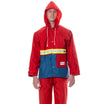
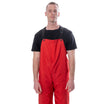
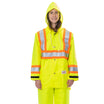
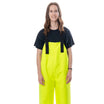
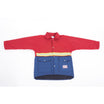
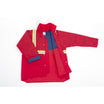

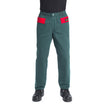
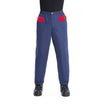
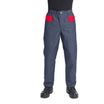
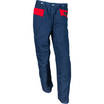
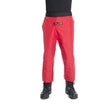
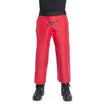
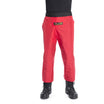
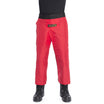
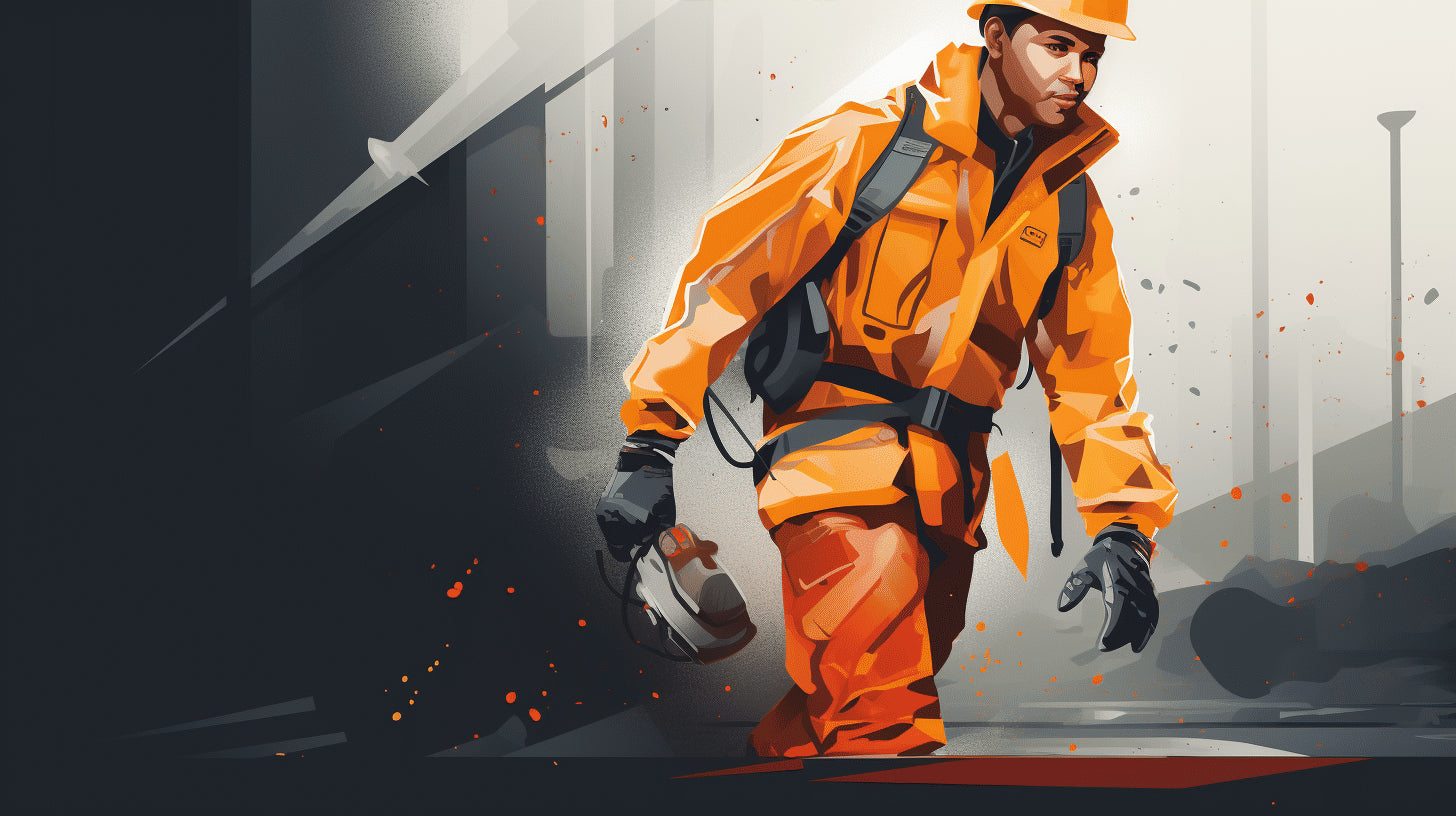
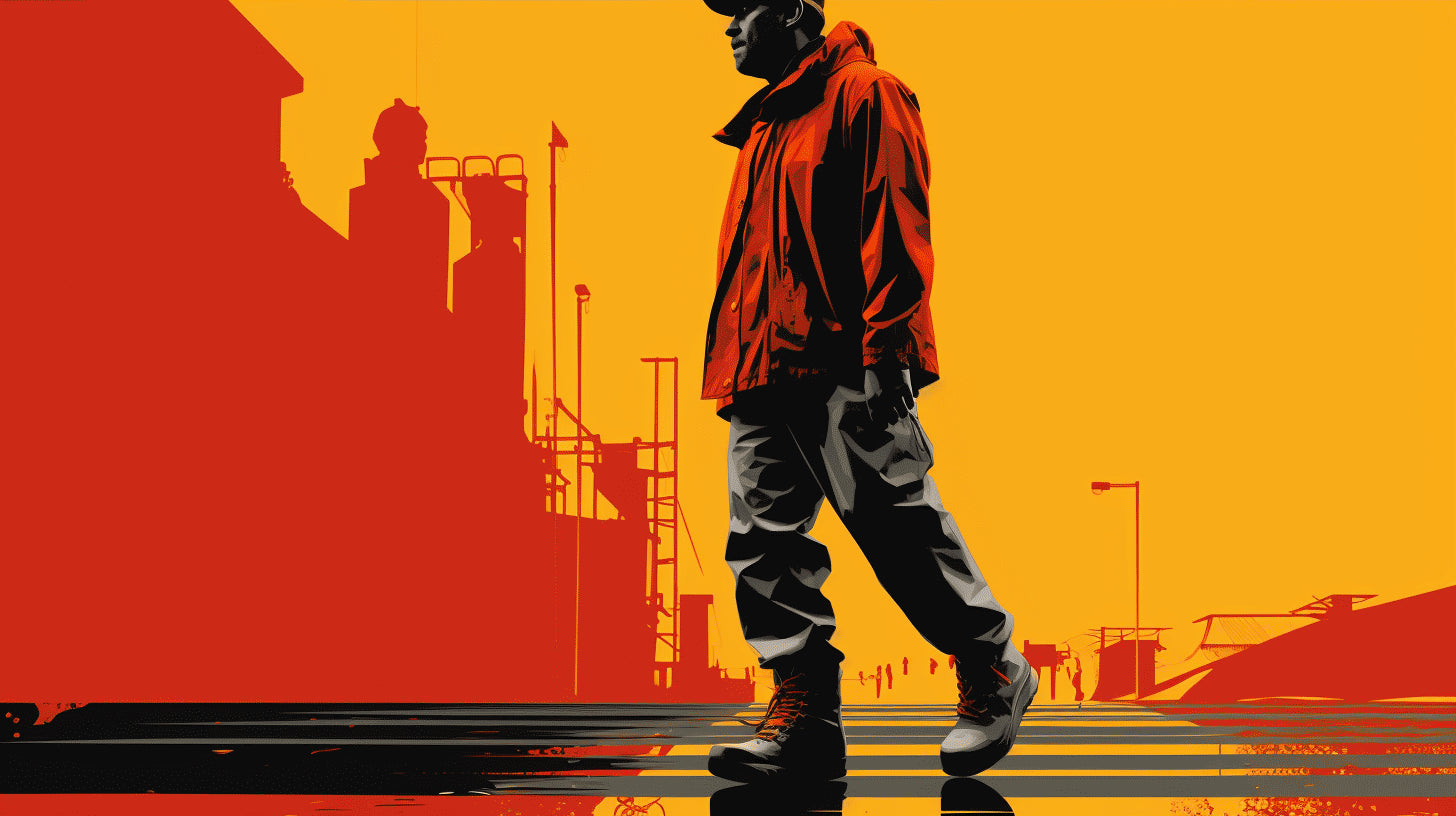
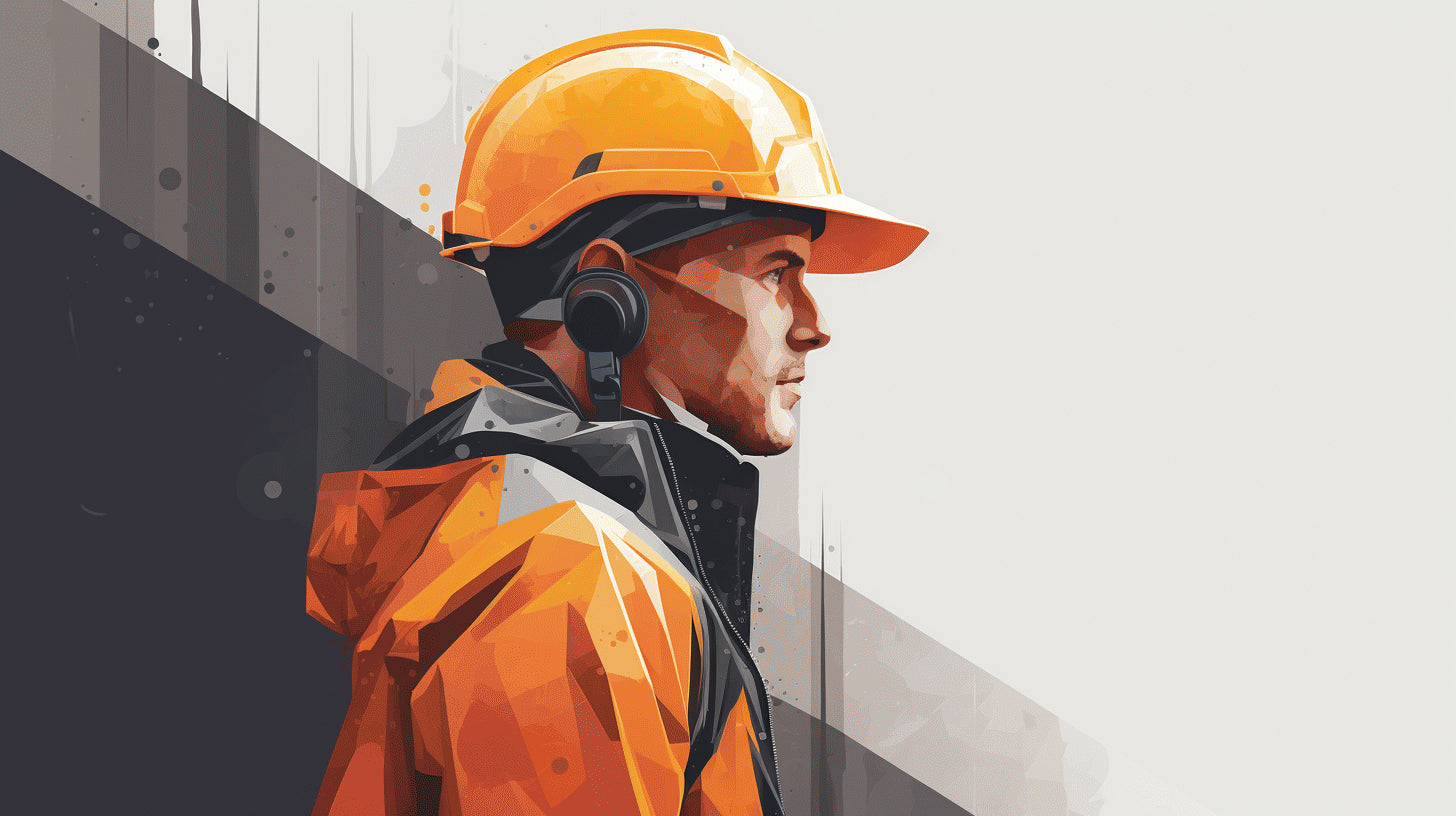
Leave a comment
This site is protected by hCaptcha and the hCaptcha Privacy Policy and Terms of Service apply.